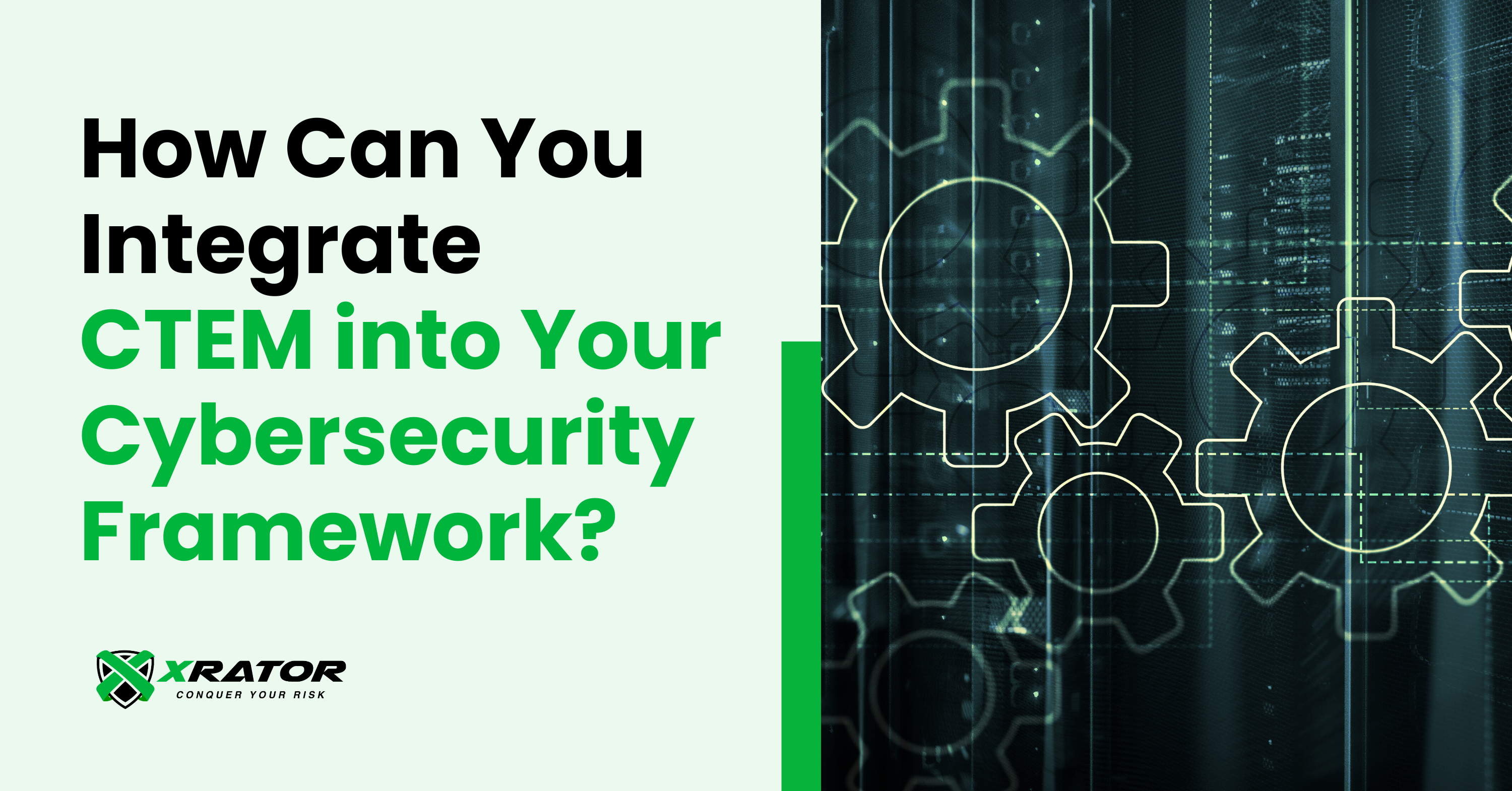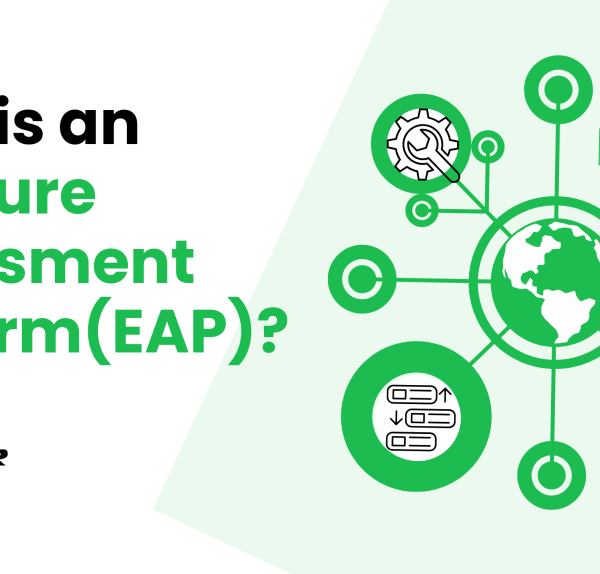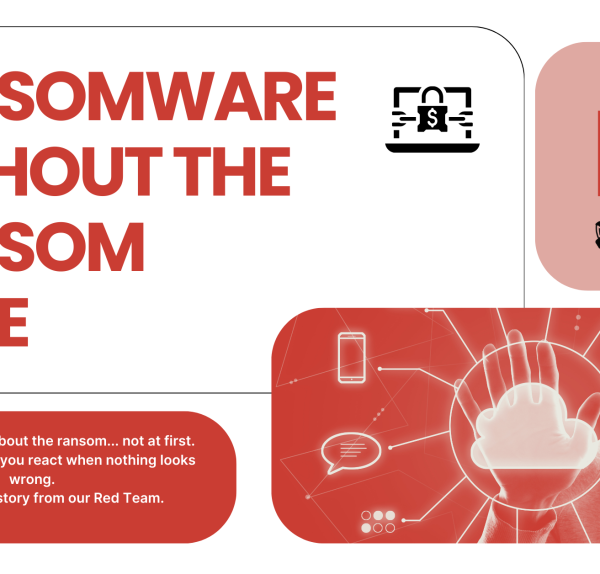In today’s rapidly evolving cybersecurity landscape, traditional methods of managing threats and vulnerabilities are no longer sufficient. The increasing sophistication of cyber-attacks and the complexity of IT environments demand a proactive and continuous approach to threat management. Continuous Threat Exposure Management (CTEM) offers a dynamic and comprehensive strategy to identify, assess, prioritize, and mitigate threats in real-time. Integrating CTEM into your cybersecurity framework can significantly enhance your organization’s security posture. Here are some best practices and tips for successful CTEM integration.
Understanding CTEM
Continuous Threat Exposure Management (CTEM) is a proactive approach to cybersecurity that involves continuous monitoring, assessment, and mitigation of cyber risks. Unlike traditional vulnerability management or penetration testing, which often relies on periodic assessments, CTEM operates in real-time, providing ongoing visibility into the organization’s threat landscape. CTEM encompasses several key components:
Know more: What is Continuous Threat Exposure Management?
Scoping: Round-the-clock surveillance of the boundaries of the infrastructure subject to CTEM initiative, including all assets, systems, and networks.
Discovery: Continuously identifying vulnerabilities and threats across the defined scope.
Prioritization: Automated assessment and prioritization of identified vulnerabilities based on threat intelligence and business impact.
Validation: Testing and verifying the effectiveness of mitigation measures.
Mobilization: Implementing and managing the remediation process to address vulnerabilities and enhance security posture.
Best Practices for Integrating CTEM
Comprehensive Asset Inventory
Start by creating a detailed inventory of all assets, including hardware, software, cloud services, and third-party systems. This inventory should be continuously updated to reflect changes in the IT environment. A comprehensive asset inventory is crucial for effective scoping and discovery in CTEM.
Leverage Advanced Threat Intelligence
Integrate advanced threat intelligence into your CTEM framework to stay informed about emerging threats and attack vectors. Threat intelligence helps prioritize vulnerabilities based on current threat landscapes, ensuring that your organization focuses on the most relevant and critical threats.
Continuous Monitoring and Real-Time Visibility
Implement continuous monitoring tools to maintain real-time visibility into your IT environment. Continuous monitoring enables the detection of suspicious activities and potential threats as they occur, allowing for swift response and mitigation.
Automated Risk Assessment and Prioritization
Use automated tools to conduct risk assessments and prioritize vulnerabilities based on their severity, exploitability, and potential impact on the organization. Automation streamlines the prioritization process, ensuring that the most critical threats are addressed first.
Integrate with Existing Security Frameworks
Ensure that your CTEM solution seamlessly integrates with your existing security tools and frameworks. Integration enhances the capabilities of your current security infrastructure and ensures a unified approach to threat management.
Develop a Response and Remediation Plan
Create a detailed response and remediation plan that outlines the steps to be taken when vulnerabilities are identified. The plan should include roles and responsibilities, communication protocols, and timelines for remediation. Regularly update and test the plan to ensure its effectiveness.
Implement Advanced Analytics and Reporting
Utilize advanced analytics to generate detailed reports on threat trends, vulnerability status, and the effectiveness of remediation actions. Analytics provide valuable insights that help in making informed decisions and continuously improving the security posture.
Foster a Culture of Continuous Improvement
Encourage a culture of continuous improvement within your organization. Regularly review and update your CTEM strategy based on new threat intelligence and lessons learned from previous incidents. Continuous improvement ensures that your security measures remain effective in the face of evolving threats.
Tips for Successful CTEM Integration
Start with a Pilot Program
Begin by implementing CTEM in a specific segment of your organization’s IT environment as a pilot program. This allows you to test and refine your approach before scaling it to the entire organization.
Engage Stakeholders
Involve key stakeholders from across the organization, including IT, security, and executive leadership. Engaging stakeholders ensures that everyone understands the importance of CTEM and supports its implementation.
Provide Training and Awareness
Offer training and awareness programs to ensure that all employees understand their role in the CTEM process. Training helps build a security-conscious culture and ensures that employees are equipped to recognize and respond to threats.
Leverage External Expertise
Consider partnering with external experts or consultants who specialize in CTEM. External expertise can provide valuable insights, best practices, and guidance to ensure the successful implementation of CTEM.
Measure and Communicate Success
Establish metrics to measure the success of your CTEM program, such as the number of vulnerabilities identified and remediated, reduction in response times, and overall improvement in security posture. Regularly communicate these successes to stakeholders to demonstrate the value of CTEM.
Conclusion
Integrating Continuous Threat Exposure Management into your cybersecurity framework is essential for staying ahead of evolving threats and maintaining a robust security posture. By following best practices and leveraging advanced tools and intelligence, organizations can effectively manage their threat exposure and enhance their resilience. XRATOR’s CTEM solutions provide the comprehensive capabilities needed to implement a successful CTEM program. Contact us today to learn how XRATOR can help you transform your cybersecurity strategy and protect your organization from emerging threats.






